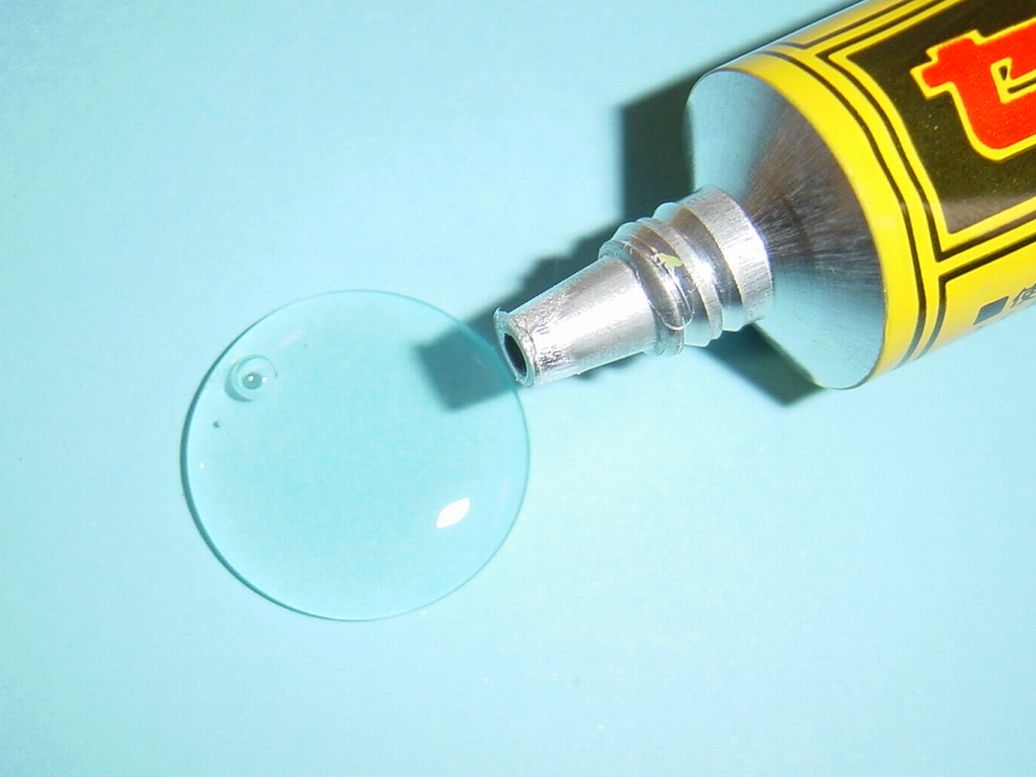https://notaglue.com/
This new bonding system isn't a glue, its plastic that uses UV light to cure the material.
Here are a few videos.
https://notaglue.com/pages/show-me-how
Bonic when used in space exploration, such as building structures could help reduce the material cost of building structures. Since there is less gravity in space pulling on the molecular structure of the metal material, less metal could be used that would be replaced by a Bondic layer.
Since metals have tiny pores that can be seen with a special microscope, the Bondic layer would fill in the pores when the aluminum has a Bondic layer applied. While the tubing is being rolled across a film of Bondic, UV light is applied to cure the Bondic to the aluminum.
When two layers of metal alloy are placed against each, the pores in the surface of each sheet of metal decrease the overall structural strength of the two sheets of metal, thus creating material fatigue where fractures occur. Machining the surfaces to a fine finish to reduce porosity takes a lot of money.
But when a Bondic Layer is placed between both sheets and then cured, a third layer, the Bondic layer increases the structural integrity of the surfaces of the two steel sheets being fastened together. The only problem is that the two metals being joined would need to have a transparent section in order to use the UV light on.
Instead of hauling tons of components to the Moon that takes up a lot of space, Bondic could instead be taken instead.
Instead of carrying 100 beams used to create structural support, five beam molds would be carried along with Bondic that would take up less space in the cargo bay. Once on the Moon the transparent beam mold would be filled with Bondic. The circular UV welder is then moved up the beam mold curing the Bondic into a structural support beam. The difficult part is creating a mold than could be used over and over again and would not bond to the beam being created. But with a little development Bondic would work. Instead of transporting 25 curved structural beams to the Moon that would be used for the 'roof' of a facility, Two or three curved structural beams plus a whole lot of Bondic could be taken instead. With Bondic molds already on the Moon the only material that would need to be transported to the Moon would Bondic. To use a Bondic structure outside of the facility would be easy. Simply mix the UV blocking paint with the Bondic being molding the structural support then apply a second layer of material wrapping to further block the UV light.
If structural metals are still preferred, then Bondic would be used to reduce the overall weight of the traditional metal by applying several layers of Bondic to the outside of the traditional metal beam. The structural beam would still retain the weight bearing loads necessary to support a roof or ceiling made of entirely of Bondic panels and beams.
The applications for fiber optics would also be greatly increased, that is if the Bondic structure can be developed to allow light and current to pass through the Bondic Fiber without melting. If Bondic can be used to create a computer processing core without melting, then layer upon layer of computer cores could created
How does Bondic look to be used to create windows?
This new bonding system isn't a glue, its plastic that uses UV light to cure the material.
Here are a few videos.
https://notaglue.com/pages/show-me-how
Bonic when used in space exploration, such as building structures could help reduce the material cost of building structures. Since there is less gravity in space pulling on the molecular structure of the metal material, less metal could be used that would be replaced by a Bondic layer.
Since metals have tiny pores that can be seen with a special microscope, the Bondic layer would fill in the pores when the aluminum has a Bondic layer applied. While the tubing is being rolled across a film of Bondic, UV light is applied to cure the Bondic to the aluminum.
When two layers of metal alloy are placed against each, the pores in the surface of each sheet of metal decrease the overall structural strength of the two sheets of metal, thus creating material fatigue where fractures occur. Machining the surfaces to a fine finish to reduce porosity takes a lot of money.
But when a Bondic Layer is placed between both sheets and then cured, a third layer, the Bondic layer increases the structural integrity of the surfaces of the two steel sheets being fastened together. The only problem is that the two metals being joined would need to have a transparent section in order to use the UV light on.
Instead of hauling tons of components to the Moon that takes up a lot of space, Bondic could instead be taken instead.
Instead of carrying 100 beams used to create structural support, five beam molds would be carried along with Bondic that would take up less space in the cargo bay. Once on the Moon the transparent beam mold would be filled with Bondic. The circular UV welder is then moved up the beam mold curing the Bondic into a structural support beam. The difficult part is creating a mold than could be used over and over again and would not bond to the beam being created. But with a little development Bondic would work. Instead of transporting 25 curved structural beams to the Moon that would be used for the 'roof' of a facility, Two or three curved structural beams plus a whole lot of Bondic could be taken instead. With Bondic molds already on the Moon the only material that would need to be transported to the Moon would Bondic. To use a Bondic structure outside of the facility would be easy. Simply mix the UV blocking paint with the Bondic being molding the structural support then apply a second layer of material wrapping to further block the UV light.
If structural metals are still preferred, then Bondic would be used to reduce the overall weight of the traditional metal by applying several layers of Bondic to the outside of the traditional metal beam. The structural beam would still retain the weight bearing loads necessary to support a roof or ceiling made of entirely of Bondic panels and beams.
The applications for fiber optics would also be greatly increased, that is if the Bondic structure can be developed to allow light and current to pass through the Bondic Fiber without melting. If Bondic can be used to create a computer processing core without melting, then layer upon layer of computer cores could created
How does Bondic look to be used to create windows?




